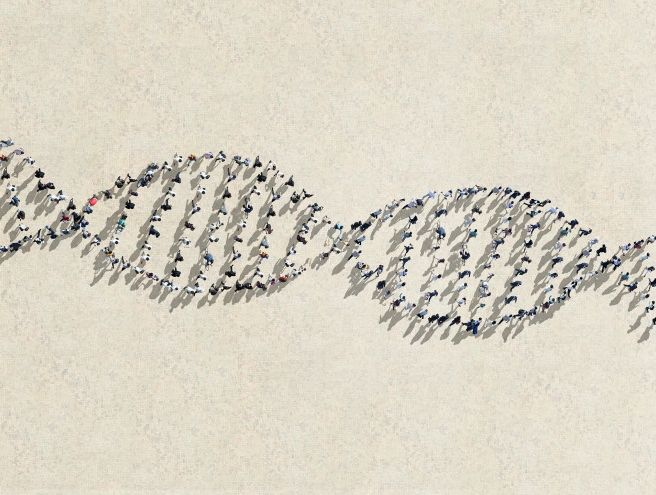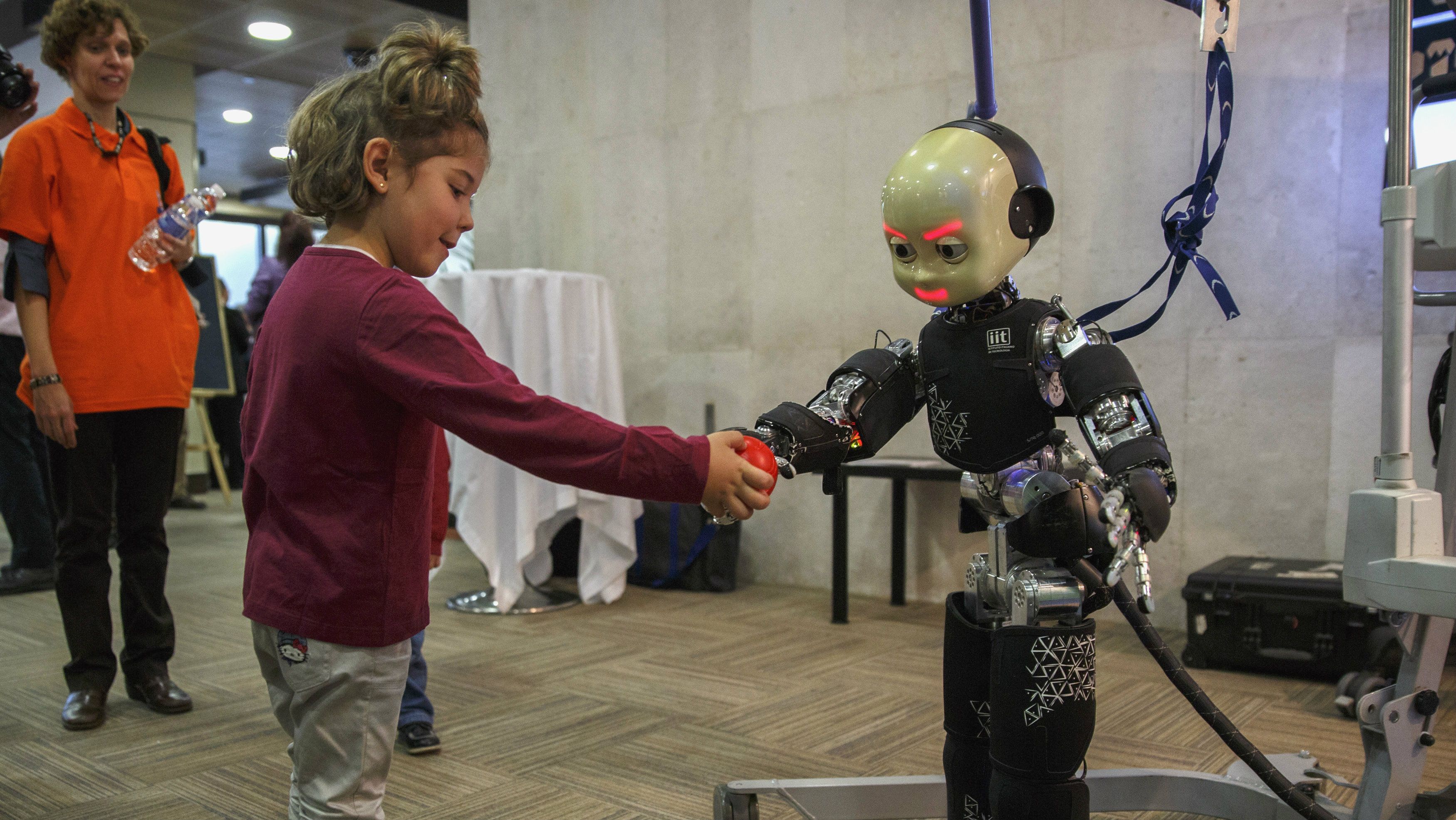Apr 26, 2016
New genomic classification approach strengthens early cancer trial design
Posted by Karen Hurst in categories: biotech/medical, genetics
Very promising.
The explosion of sequencing technologies such as next generation sequencing (NGS) means it is now possible to tailor individual cancer therapies based on patients’ genetic make-up and tumour molecular profiling. The challenge lies in determining which genetic alterations are important in driving disease, so called ‘actionable mutations’.
Sequencing the entire genome or even a limited region reveals large numbers of alterations. Most are harmless, normal changes that do not promote the transformation of a normal cell to a cancer cell. Being able to sort out which changes are drivers in a cancer is a significant, but critical challenge in being able to guide therapy in clinical trials.
Our scientists at AstraZeneca are taking a leading position, defining a genetic classification strategy for how patients can be characterised at the molecular level, integrating knowledge from the drug’s mechanism of action combined with disease biology to help guide cancer therapy in early stage exploratory clinical trials. The article published in the May 2016 issue of Nature Reviews Cancer describes approaches taken by external groups alongside our own efforts to tackle this problem.
Continue reading “New genomic classification approach strengthens early cancer trial design” »

















